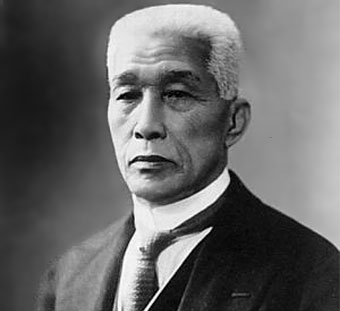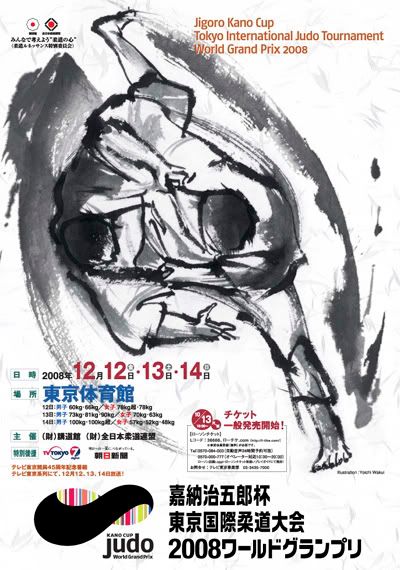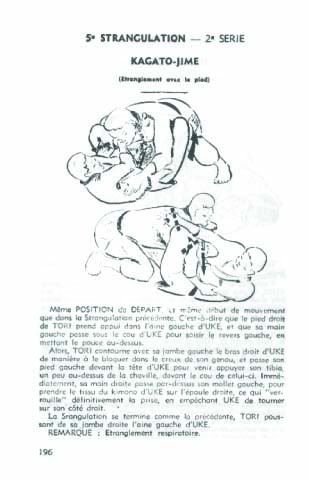
What an age we live in, in which dudes scan and share their extremely rare judo books rather than list them on ABE for hundreds of dollars. Well, dudes are still doing that too, a little, but a more enlightened breed that recognizes that all information wants is to be free has emerged. And so we have such things as these:
Judo, Sadaki Nakabayashi (et al) (1965)
Canon of Judo, Kyuzo Mifune (1958)
Higher Judo Ground Work (Katame Waza), Moshe Feldenkrais (1952)
Contest Judo, Charles Yerkow (1961)
Which you can find here.
The first point to make about all of these is that they are fucking awesome. It's only been in the last week or so that I've seen the Nakabayashi and Yerkow books making the rounds. The Feldenkrais has been around a while now, and I've spent quite a bit of time with it. The extended prose sections are worth the time, and the range of grappling techniques demonstrated is wide and varied, very much in keeping with what you'd expect from a French text of the era if you're familiar with Mikonosuke Kawaishi's influence in France. Kawaishi was a man who loved illegal kansetsu waza, you see, and it showed. Illegal in randori and shiai, that is -- the techniques still exist within judo, though they are far from central, and your average shodan or nidan isn't going to know many or perhaps any of them, really, except maybe for those preserved in kata. But they were, are, and will always be judo. Anyway, I know I have the French edition of Kawaishi's 1955 classic My Method of Judo somewhere, and I will definitely post it before too long. But, for now, enjoy the Feldenkrais, which will perhaps whet your appetite.
Kyuzo Mifune's Canon of Judo is probably of the most interest here, however. Until coming back into print not long ago, this was almost certainly the most sought after out-of-print judo book, fetching absurd prices for an incredibly poorly translated work of esoteric near-mysticism. Mifune gets . . . a little out there at times, but of course I do not wish it otherwise. I will leave it to you to discover such instances. The new Francoise White translation is quite excellent and pretty much indispensable, but you've got to take it back to 1958 to get this kind of thing:
"Hadaka Jime
(Nude Strangle)
-- The Gist --
This is to wring up the opponent's throat without touching the clothes. Either in the standing or in the lying trick, this is to bring the opponent to the state of suspended animation by wringing the throat, making him incline backward and breaking his balance in the most natural way."
I mean, exactly, right?
BONUS~
While looking, unsuccessfully, for my copy of Kawaishi, I've found a 1947 Kodokan publication called What is Judo? that you might well enjoy. It's only little, and it is here.





